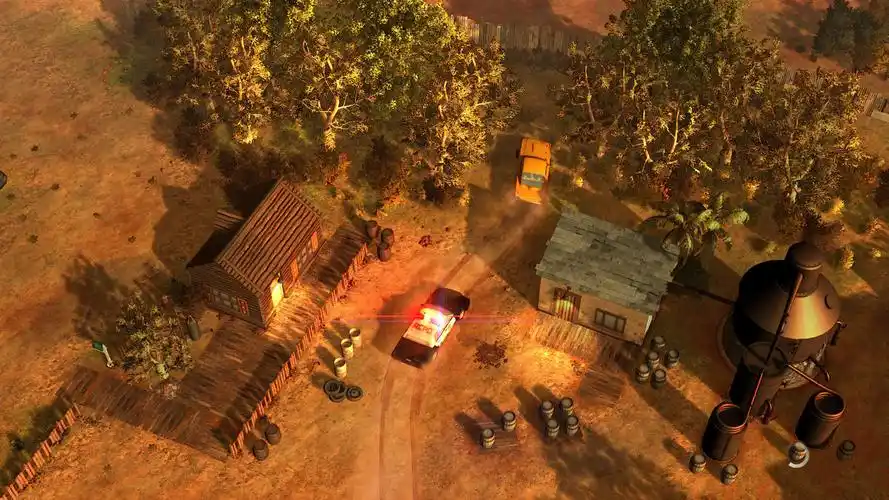Analyzing the Visual Flair of Dragon Fruit's AoE Effects
Introduction
Dragon fruit, also known as pitaya, is not only a vibrant and exotic fruit but also a subject of fascination in digital art and game design. Its striking appearance—characterized by bright pink or yellow skin with green scales and a speckled white or magenta interior—makes it a compelling visual element, especially in Area of Effect (AoE) animations. This article explores the visual flair of dragon fruit-inspired AoE effects, examining their aesthetic appeal, color dynamics, and application in digital media.
The Aesthetic Appeal of Dragon Fruit
1. Color Contrast and Vibrancy
Dragon fruit’s natural color palette is inherently eye-catching. The deep pink or yellow exterior contrasts sharply with the bright green scales, while the interior’s white or magenta flesh dotted with black seeds creates a mesmerizing pattern. When translated into AoE effects, these colors can be used to:
- Signify Impact: The high contrast ensures that the effect stands out, making it immediately noticeable in fast-paced environments like video games.
- Enhance Visual Hierarchy: Bright hues naturally draw attention, allowing designers to emphasize key abilities or interactions.
2. Organic and Dynamic Shapes
Unlike rigid geometric patterns, dragon fruit’s natural form is fluid and asymmetrical. This organic quality can be leveraged in AoE designs to:
- Create a Sense of Motion: Wavy, pulsing effects mimic the fruit’s irregular surface, making animations feel more dynamic.
- Evoke a Magical or Exotic Atmosphere: The unusual shape and texture of dragon fruit lend themselves well to fantasy or sci-fi settings.
AoE Effects Inspired by Dragon Fruit
1. Burst-Type AoE (Explosions & Splashes)
A dragon fruit-inspired explosion could mimic the fruit’s burst of color when sliced open. Key visual elements might include:
- Radial Pulses: Pink and magenta energy waves expanding outward.
- Seed-Like Particles: Tiny black specks (resembling seeds) scattering in all directions.
- Glowing Core: A bright white or yellow center to simulate the fruit’s juicy interior.
2. Persistent AoE (Ground Effects & Zones)
For lingering effects (such as poison pools or healing zones), designers could incorporate:

- Swirling Patterns: Mimicking the fruit’s cross-section with spiraling magenta and white gradients.
- Pulsing Glow: A rhythmic light effect to indicate duration.
- Scaled Textures: Subtle green "scales" along the edges for added detail.
3. Projectile-Based AoE (Spells & Abilities)
If the effect involves a moving projectile (like a fireball or magic missile), dragon fruit aesthetics could enhance it through:
- Trailing Particles: Leaving behind a trail of pink mist and seed-like sparks.
- Impact Splatter: Upon collision, the projectile could "splash" in a way that resembles fruit pulp.
Technical Considerations for Implementation
1. Color Theory & Readability
While dragon fruit’s colors are visually striking, they must remain functional in gameplay. Considerations include:
- Avoiding Overstimulation: Too many bright colors may distract players.
- Ensuring Clarity: Effects should not obscure critical gameplay elements.
2. Animation Techniques
To maximize visual impact, animators can use:
- Layering: Combining multiple particle systems (e.g., a base glow, mid-layer swirls, and outer seed particles).
- Dynamic Lighting: Adding emissive effects to make the fruit’s colors "pop."
Conclusion
Dragon fruit’s vivid hues and organic textures offer a wealth of inspiration for AoE effects in digital art and game design. By carefully balancing its natural beauty with functional clarity, designers can create visually stunning yet practical animations. Whether used for explosive attacks, environmental hazards, or magical spells, dragon fruit-themed effects bring a unique and exotic flair to any visual experience.
(End of Article)


















